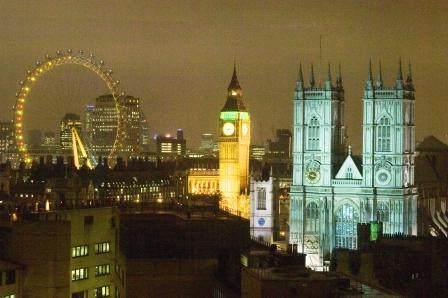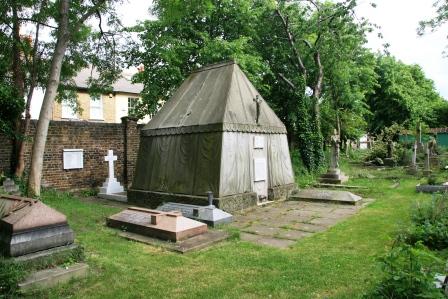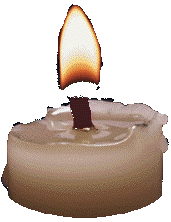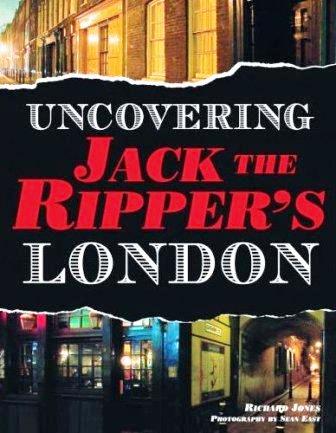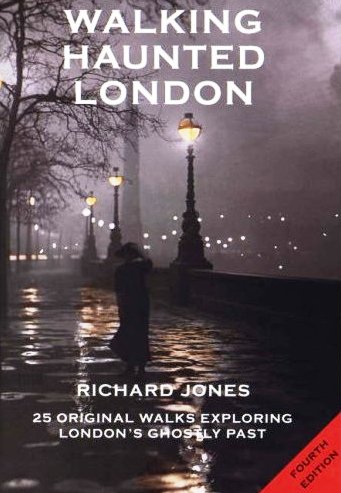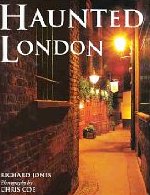LONDON'S HAUNTED CHURCHES.
Westminster Abbey. SW1.
The Ghostly Monk and the Unknown Soldier.
In the 6th century the area of Westminster was an inhospitable island that rose from the marshy banks of the Thames where the Tyburn Stream joined it.
It was the location chosen by Serbert, the newly converted King of the East Saxons, on which to build a church dedicated to St Peter and consecrated by Mellitus, the first Bishop of London.
Legend tells how, on the night before the consecration, a fisherman rowing besides the south bank of the Thames was stopped by a cloaked stranger and asked to row him across the river. As the vessel reached the opposites shore, the newly completed church was suddenly illuminated in a celestial brilliance and singing angels filled the blazing night sky. The stranger, then revealed himself to be St Peter, and having anointed the church’s walls with holy water, proceeded to dedicate his own church.
For almost five hundred years afterwards the Benedictine abbey flourished on the site, until Edward the Confessor rebuilt it. A few days after its re-consecration in January 1066, Edward died, and Harold was crowned King of England. He was defeated by William of Normandy at the Battle of Hastings in the October of that year, and on Christmas Day 1066, William the Conqueror was crowned King in the Abbey and the tradition of coronations taking place there had begun.
Over the centuries that followed the Abbey was considerably expanded and altered and, in the process, the floor level was progressively lowered, which may be why the ghostly monk who is known to haunt Westminster Abbey, is reported as floating a little way off the ground. He is known as “Father Benedictus,” and is most often seen bobbing around the cloisters at around five or six in the evening. His spectral figure appears quite solid, and has been known to hold conversations with witnesses, many of who don’t realise that he is anything more than mere flesh and blood. In 1900 he kept a group of visitors entertained for a good twenty-five minutes as he drifted around the cloisters and then backed slowly towards a wall where he melted into the fabric. In 1932 two American visitors even held a long conversation with him and later commented that they had found him to be extremely polite.
The Abbey’s Tomb of the Unknown Warrior is a poignant memorial to the soldiers who died in World War 1. On 11th November 1920, the complete, though unidentified body of a soldier was given a royal funeral and then buried in soil brought specially from the battlefields of France, beneath a marble stone quarried in Belgium. From time to time when the crowds have gone and the Abbey settles into quite stillness, a ghostly soldier materialises alongside the tomb, and stands, head bowed, for a few minutes, before slowly dissolving into thin air.
All Hallows Barking (by the Tower). Byward Street. EC3.
The Lady In Black.
The mark of history is certainly upon the ancient City church of All Hallows By the Tower. Through its doors have stepped the likes of Bishop Lancelot Andrews and William Penn, both of whom were christened here in 1555 and 1644 respectively. The infamous Judge Jeffries was married at the church in 1667, as was John Quincy Adams - later sixth President of the United States – in 1797.
After the Great Fire of London (c1666), Samuel Pepys climbed to the top of its tower and, gazing down upon the smouldering remnants of the City below, declared it "the saddest sight of desolation."
In December 1920 a choirmaster along with two choirboys had gone into the church to rehearse at 6pm one evening a few days before Christmas. They had been singing for around twenty minutes when they noticed and old lady standing about 8 feet away from them. So real did she appear that one of the boys walked over and placed a chair for her to sit on, the woman nodded her thanks and sat down. She was dressed, so the choirmaster later recalled, in old-fashioned clothing. Her hair was grey and her face had sallow features. But what struck him most about her was the intent look in her eyes. “They seemed to burn with a strange radiance… and were fixed on my face as if eagerly searching for something, or as if fascinated by our music.” Their strange visitor mystified the choirmaster. He had most certainly locked the door when they had entered, so how could she have got inside? Also how had she managed to approach their rehearsal room without any sound? He had heard no footsteps on the stone floor and, furthermore, the heavy, creaking doors double doors that led from the main body of the church had been silent since he and the choristers had passed through them. The suddenly, just as the practice concluded, the mysterious visitor vanished without trace. No sooner had she done so, than a strange scratching noise sounded from a corner of the room, “as if a cat was in the building and was trying to get out.” Suddenly one of the boys cried out in alarm ‘There it is sir! I saw a cat rush out of the room and go down towards the south aisle!’ They searched the church but could no find no trace whatsoever of wither the woman or the cat. Furthermore, when he went to leave the building, the door was still locked.
Five years later, the choirmaster was standing in the church one Sunday morning when an old man approached him and told him that he though he knew the identity of the old woman. He explained how, around sixty years previously, he had been a choirboy at the church and that a somewhat eccentric lady organist had led the choir in those days. She was “passionately fond of …cats,” the old man told the choirmaster, and continued, “…cats used to follow her about, even in the streets…she used to give me pocket money for feeding them regularly. She was “quite gone” on carols, and used to take us boys through the City lanes…singing them as well as in church.”
Is it possible that the former choir mistresses love of carols continued beyond the grave, and that it was her ghost that had appeared in the church on that December night? Certainly the description given by the old gentleman of her style of dress corresponded exactly with clothing worn by the apparition in the rehearsal room. Furthermore, reports of her appearances continued throughout the 1920’s and early 1930’s. Sadly - or happily, depending on how you view these things - she seems to have found lasting rest in recent years for many decades have passed without any reports of the ghostly old lady at All Hallows Church.
